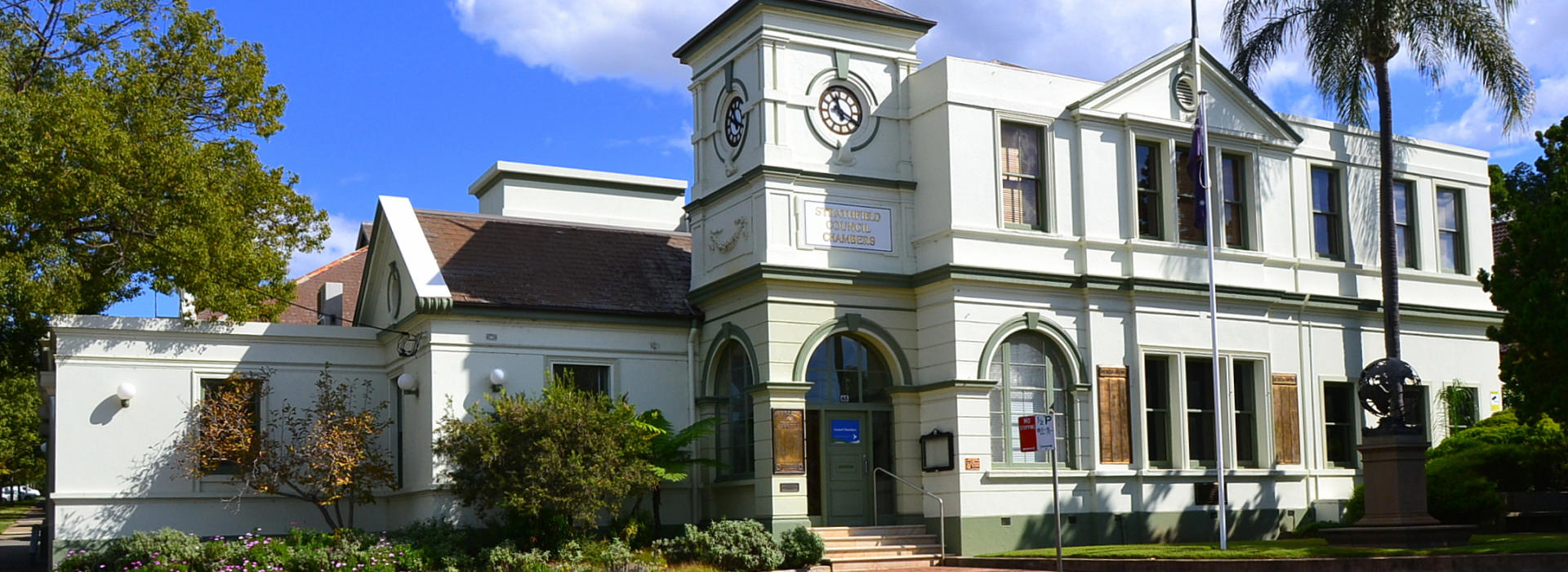
Cooling Towers
Cooling towers are heat removal devices used to transfer process waste heat to the atmosphere. They use treated water in the system as a means to do this and are used in buildings for the purposes of ventilation and occupational climate control.
Cooling towers can be a source of Legionnaires Disease if the water contained within is not regularly monitored and treated, or if the system is not regularly maintained and cleaned.
Infection may occur after inhaling an aerosol (fine airborne particles) which contain Legionella bacteria. When the surface of the water is broken, evaporation of water droplets which are released takes place. The water droplets may contain bacteria which remains suspended in the air and can be inhaled into the lungs.
Changes to the Public Health Regulation 2012 have been made and NSW has moved towards a risk based approach to Legionella control in cooling towers and water cooling systems. The owner of each system must conduct a risk assessment and develop a Risk Management Plan with appropriate controls. These changes were implemented over the course of 2018. Please see the NSW Health Legionella Control website for more information.
The main changes in the Public Health Regulation 2012 Legionella Control are:
- Monthly Legionella and HCC testing
- Reporting to Local Council of high levels of HCC (>5 Million cfu) or Legionella (>1000cfu)
- Application of a Unique ID number on all cooling towers
- Risk Management Plans (RMP)
- NSW Health Form 3 – a prescribed report format to be prepared monthly
- Annual independent Auditing
Owners of cooling towers must have already done the following:
- Each cooling tower should have a Unique Identification Number issued by your local council which should be clearly displayed on the side of the cooling tower/s.
- All microbiological testing: (HCC and Legionella), monthly
- Each cooling tower should have a Risk Management Plan completed and certificate issued to local Council
- NSW Health Approved Form 3 – Monthly report should be being prepared.
Continued compliance with the Regulation, occupiers must continue to undertake the following:
- 1. Complete an annual audit of the newly created risk assessment, within the first 12 months of the RMP fabrication, and every 12 months after that.
Your water treatment service provider is able to arrange the audit on your behalf; alternatively, you can appoint an auditor and manage the process yourself.
To complete the audit the cooling tower occupier must supply with auditor with the following documents:
- A copy of the RMP
- Copies of all water treatment documentation for the twelve months following the completed RMP.
- Copies of all NSW Health Form 3’s
- Copies of all Micro Certificates
- Documentation of any remedial or repair work carried out in the past twelve months.
Please visit NSW Health website for approval forms and audit tools.
For further assistance, please contact Council’s Environmental Health Officers of 9748 9999 or council@strathfield.nsw.gov.au
Cooling towers or warm water systems in operation within the Council area must be registered with Council. Council maintains a register of all towers within its Council area.
The system will be inspected annually by a Council Officer to ensure compliance with the Public Health Act 2010 and Public Health Regulation 2012.
Council’s role will be evolving under the upcoming changes to the Regulation.
A copy of the requirements which are assessed during a Council inspection can be located below at the “Water Cooling System Inspection Report “ and “Warm Water System Inspection Report” links below from the NSW Health website. The Council officer will conduct a visual inspection of the cooling tower, assess records and documents in relation to the tower, and may collect a sample of water from the system.
The occupier of premises with water treatment systems must ensure that up- to- date records are kept on site- which will include reports such as:
- Monthly “Form 3”
- Risk Management Plan (RMP)
- Monthly chemical engineer service visits.
- Tower clean reports – tower cleans must be conducted at least every 6 months
- Annual Certification Statement from competent person.
- Monthly Independent laboratory testing results.
- Operation manual.
- Maintenance manual.
- Documented courses of action such as seasonal shut downs or rectifications to problems identified.
If the inspection or sampling shows failure to comply with requirements, Council can issue warning letters, improvement notices or a prohibition order in accordance with the Public Health Act 2010. The action will depend on the severity of the offence. Warning letters are issued for minor non-compliances. Improvement notices are issued when a cooling tower is not maintained in accordance with enforceable requirements which includes providing safe and easy access. Prohibition orders can only be issued when a cooling tower presents a serious risk to public health, or if an improvement notice served on a tower has not been complied with.
There is an inspection fee in accordance with Strathfield Council’s Fees and Charges.
Further information related to the legislation governing regulated systems, Legionnaires Disease and compliance monitoring tools can be downloaded from the NSW Health website.

